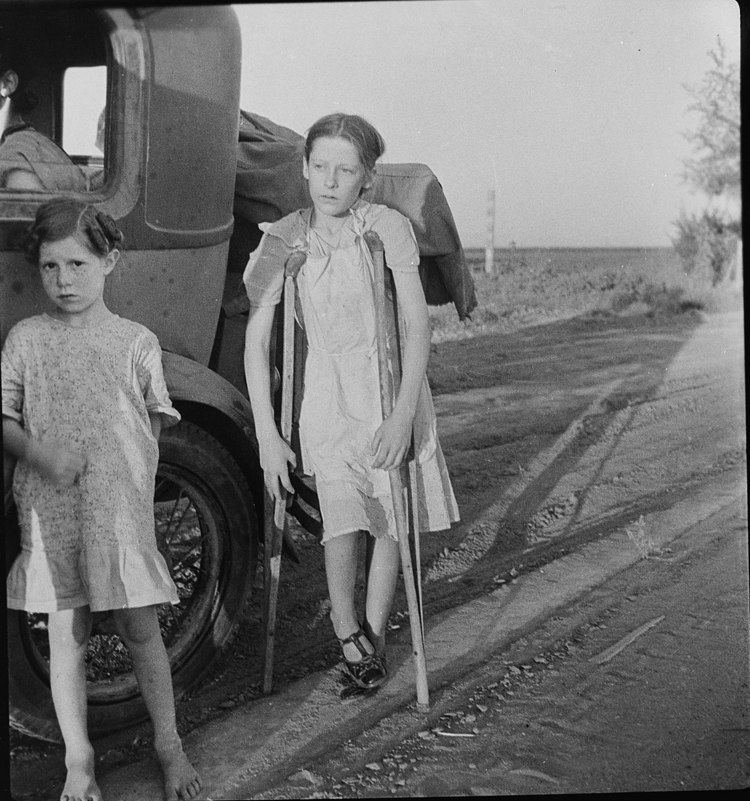Specialty rheumatology ICD-9-CM 015.0 | ICD-10 A18.0, M49.0 MeSH D014399 | |
 | ||
Pott disease or Pott's disease is a form of tuberculosis that occurs outside the lungs whereby disease is seen in the vertebrae. Tuberculosis can affect several tissues outside of the lungs including the spine, a kind of tuberculous arthritis of the intervertebral joints. The disease is named after Percivall Pott (1714–1788), a British surgeon. The lower thoracic and upper lumbar vertebrae are the areas of the spine most often affected. The formal name for the disease is tuberculous spondylitis and it is most commonly localized in the thoracic portion of the spine.
Contents
Pott’s disease results from haematogenous spread of tuberculosis from other sites, often the lungs. The infection then spreads from two adjacent vertebrae into the adjoining intervertebral disc space. If only one vertebra is affected, the disc is normal, but if two are involved, the disc, which is avascular, cannot receive nutrients and collapses. In a process called caseous necrosis the disc tissue dies leading to vertebral narrowing and eventually to vertebral collapse and spinal damage. A dry soft tissue mass often forms and superinfection is rare.
Diagnosis
- Lytic destruction of anterior portion of vertebral body
- Increased anterior wedging
- Collapse of vertebral body
- Reactive sclerosis on a progressive lytic process
- Enlarged psoas shadow with or without calcification
- Vertebral end plates are osteoporotic.
- Intervertebral disks may be shrunk or destroyed.
- Vertebral bodies show variable degrees of destruction.
- Fusiform paravertebral shadows suggest abscess formation.
- Bone lesions may occur at more than one level.
Prevention
Controlling the spread of tuberculosis infection can prevent tuberculous spondylitis and arthritis. Patients who have a positive PPD test (but not active tuberculosis) may decrease their risk by properly taking medicines to prevent tuberculosis. To effectively treat tuberculosis, it is crucial that patients take their medications exactly as prescribed.
